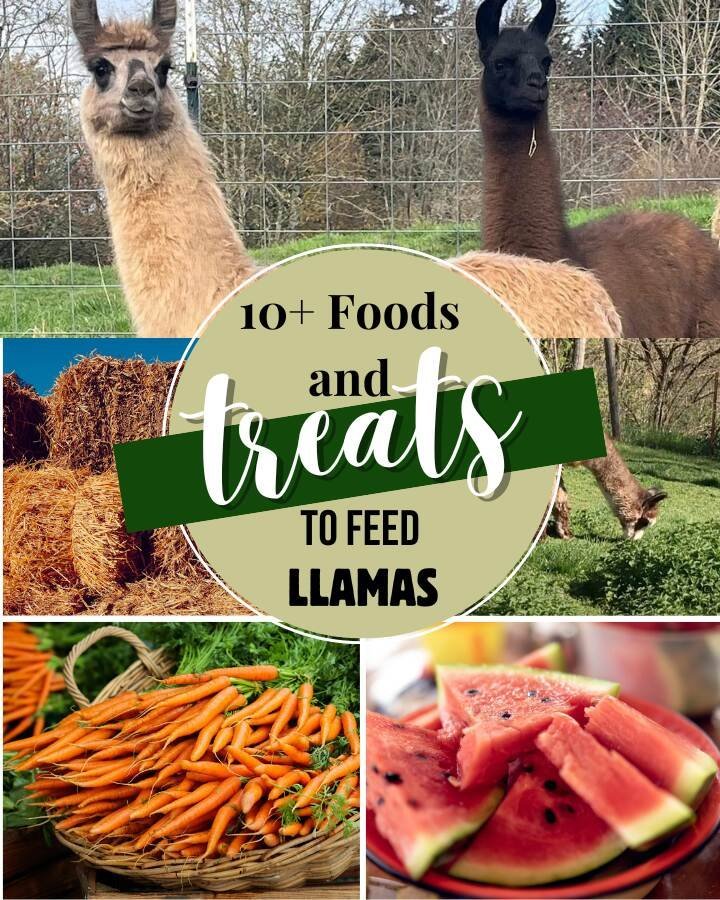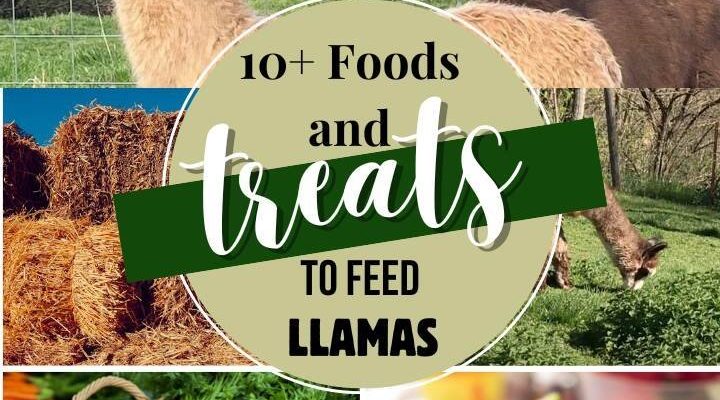
Imagine you’re caring for a friend who’s a bit picky—someone who thrives on a carefully chosen menu and craves certain flavors. That’s essentially what feeding llamas is about. You want to create a balanced diet that meets their nutritional needs and keeps them content. Now, let’s dive into what these lovable animals actually munch on, how to create a feeding schedule, and a few diet tips that’ll help you keep your llama in tip-top shape.
Understanding a Llama’s Natural Diet
Llamas are herbivores, which means they primarily eat plants. In the wild, their diet consists of grasses, leaves, and shrubs. They have evolved to graze on a variety of plant materials, which is crucial for their digestive health. Llamas have a unique digestive system with three stomach compartments that work together to break down fibrous plant material effectively.
Here’s the thing: llamas have a special ability to extract nutrients from tough grasses, which makes them quite efficient eaters. They can even survive on lower-quality forage that other animals might not handle as well. When you think about it, it’s kind of like having a friend who can whip up a gourmet meal out of pantry staples! Yet, just because they can eat various plants doesn’t mean they should.
Because they thrive on a diverse diet, it’s essential to offer them a mix of grasses, hay, and pellets. This variety not only ensures they get all the necessary nutrients but also keeps their meals interesting. Think about it: would you want to eat the same thing every day? Llamas appreciate a change in their diet, just like we do!
What Should You Feed Your Llama?
When it comes to the diet of llamas, focusing on high-quality hay is a great start. Timothy hay is a popular choice since it’s rich in fiber and supports their digestive system. You can also consider other grass hays like orchard grass or meadow hay. Just be sure to avoid moldy or dusty hay, as it can harm their health.
In addition to hay, you can introduce pelleted llama feed into their diet. These pellets are specially formulated to provide the essential vitamins and minerals llamas need. Look for products that list natural ingredients and avoid fillers. It’s like choosing the right ingredients for a homemade meal instead of relying on processed snacks!
Another excellent option is fresh vegetables. Llamas can enjoy carrots, apples, and even leafy greens in moderation. Just like we wouldn’t want to gorge on sweets every day, keep the treats limited to prevent digestive upset. Offering veggies can also be a great way to bond with your llama—they might even come to see you as a chef of sorts!
Feeding Schedule for Llamas
Creating a feeding schedule can make a world of difference in your llama’s health. Llamas thrive on routine, just like a well-timed show. They typically have access to hay throughout the day but can benefit from structured feeding times to ensure they get all their nutrients.
Here’s a basic guideline you can follow:
- Morning: Offer fresh hay and a portion of pellets.
- Midday: Provide fresh water, and you can include some veggies as treats.
- Evening: Fill their hay rack again, ensuring they have ample access overnight.
Keeping fresh water available at all times is crucial, too. Just like you would never want to go thirsty, your llama shouldn’t have to either. Regularly check their water source to make sure it’s clean and fresh; they’ll appreciate the effort!
The Importance of Fiber in Llama Diets
Fiber isn’t just a buzzword; it’s a vital part of a llama’s diet. As natural grazers, llamas have evolved to consume high-fiber foods, which help keep their digestive systems functioning optimally. Without enough fiber, they can experience digestive issues like bloating or colic, which is something no llama lover wants to deal with.
So, how do you ensure your llama is getting enough fiber? Besides offering high-quality hay, consider introducing fiber supplements if needed. These are often in the form of additional hay cubes or pellets that are specifically designed for fiber intake. It’s like adding a fiber boost to your smoothie!
You might be wondering how to tell if your llama is getting enough fiber. Keep an eye on their droppings; healthy droppings should be firm and well-formed. If you notice any irregularities, it might be time to reassess their diet.
What About Treats and Snacks?
Llamas do enjoy treats from time to time, but moderation is key! While it’s tempting to spoil your llama with various snacks, you must choose wisely. Opt for fruits like apples, bananas, or berries. These can be delightful—the llama version of dessert! Just remember to cut them into small pieces to avoid any choking hazards.
However, avoid giving them human junk food or anything high in sugar or fat. It’s like offering a child candy every day; it might be fun for a moment, but it can lead to bigger problems down the line! Instead, save the treats for training sessions or special occasions.
If you’re unsure about what’s safe for your llama to eat, reach out to a veterinarian or a llama care expert. They can help guide you on what’s appropriate and what to avoid.
Common Feeding Mistakes to Avoid
Even the most careful caretaker can make mistakes when it comes to feeding llamas. Here are a few pitfalls to watch out for:
- Overfeeding Pellets: While pellets can provide essential nutrients, too many can lead to obesity and digestive problems.
- Inconsistent Feeding Times: Llamas thrive on routine, so erratic feeding schedules can disrupt their digestive health.
- Neglecting Hay Quality: Always choose fresh, mold-free hay, as poor-quality hay can lead to health issues.
Taking the time to understand your llama’s dietary needs can help prevent these mistakes. Think of it as nurturing a friendship; the better you understand their needs, the stronger the bond becomes.
Final Thoughts on Llama Care
Feeding llamas is about more than just filling their bellies; it’s about giving them the right balance of nutrition to keep them healthy and happy. By providing a steady supply of high-quality hay, the right pellets, and the occasional treat, you can create a fulfilling diet for your llama. Remember to stick to a routine and monitor their health closely—it’s part of being a responsible llama caregiver.
With a bit of care, attention, and love, you can ensure your llama is munching happily, and you’ll have a buddy for life. Just think of yourself as the chef in their culinary adventure—a delightful journey that revolves around wholesome, nutritious eating!

